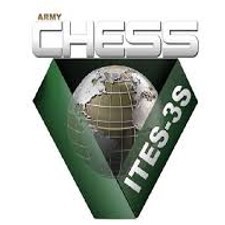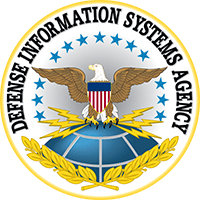Business Process Mapping and Business Process Mining are techniques that support business process discovery, which is part of business process modeling, which is essential to Business Process Reengineering (BPR), which is part of the overarching concept of Business Process Management (BPM). Got that? No problem, I’ll break it down a bit in this post.
The title of this post is Business Process Mapping vs. Business Process Mining. However, “vs.” sounds like opposing forces. Process Mapping and Process Mining are, however, synergistic. Independently each provides an excellent, albeit incomplete, view of a business process. Together, they provide a more complete view of the current state of a business process. More importantly, from my perspective, the process of Process Mapping and the process of Process Mining together enable business analysts to discover deeper insights into process behaviors which further enhance future state design.
Process Mapping, simply defined, is the discovery of a business process by a business analyst via engaging Subject Matter Experts (SMEs) in conversations (typically facilitated sessions) regarding the process. The business analyst develops a visual/graphical diagram (map/model) of a business process using standard symbols such as Business Process Model and Notation (BPMN). A skilled business analyst, very knowledgeable SMEs and high-quality conversations are essential to developing an accurate process map.
Process Mining, simply defined, is applying data science to discover (infer) a business process from the transaction/event logs associated with the business system applications supporting a business process. Process Mining can, in addition to producing data sets, produce a visual/graphical diagram (map/model) of a business process using standard symbols such as BPMN. A skilled data scientist, sufficiently rich transaction/event data and the application of appropriate mining algorithms are essential to inferring an accurate process map.
An easy way to think about the difference between Process Mapping and Process Mining is that Process Mining uses data and algorithms rather than SMEs and uses data scientists rather than business analysts to discover processes.
Process discovery (defining the current state of a business process) is essential (see my white paper “10 Perilous Misconceptions of Censuring Current State Mapping & Analysis”) to BPR and BPM, but often takes some time to get it right. Process Mapping and Process Mining used together and iteratively speeds-up and improves the accuracy of process of discovery.
A skilled business analyst engaging knowledgeable SMEs can quickly develop a process map depicting the basic footprint (standard baseline flow and frequent variances from the baseline flow) of a process and identify key operational performance metrics. This information can then be used by a data scientist to configure a Process Mining tool. The tool can then quickly harvest transaction/event log data from the software applications supporting a business process, infer a business process based on applying the selected algorithms, and create a process map.
The information gleaned from Process Mining then helps inform and provide additional guidance to the business analyst to further engage the SMEs at deeper levels on the parts of the business process that need more sophisticated analysis. For example, Process Mining can identify potential maverick behavior (exceptions from expected standards), potential bottlenecks, additional activities, and additional pathways through the process, etc. that did not surface during the initial footprint of the process. The business analyst continues to extend the footprint into a more detailed process map.
Process Mapping and Process Mining, used together, help overcome the deficiencies of the other. A key problem with traditional Process Mapping is, even with a highly experienced business analyst, SMEs do not know what they do not know (or do not want to reveal). A key problem with Process Mining is that mining algorithms cannot overcome sparse or lack of transactional data. The iterative process of combining mapping and mining, however, enables great results quickly!
The Next Step
When you are ready for transformational BPR the next step is very simple – contacts us and let’s discuss your organization and BPR requirements in more detail. We can assist your organization in creating the future-state blueprint of your business platform and transforming the blueprint into reality.
Today’s rapidly changing business environment favors high-performing, agile organizations capable of delivering extraordinary customer and business value.
Meeting this challenge often requires transformative change - and sustainable on-going improvement in business processes, organizational culture and supporting technologies.
Next Steps
Let's start a conversation regarding your business analysis goals and objectives and how our training courses can assist your journey.
Visit our Knowledge Hub for additional posts, whitepapers, videos, webinars, and frameworks.
Check out our business analysis training courses and our consulting services.
Visit my YouTube Channel
Connect with me on LinkedIn

 Login
Login




















